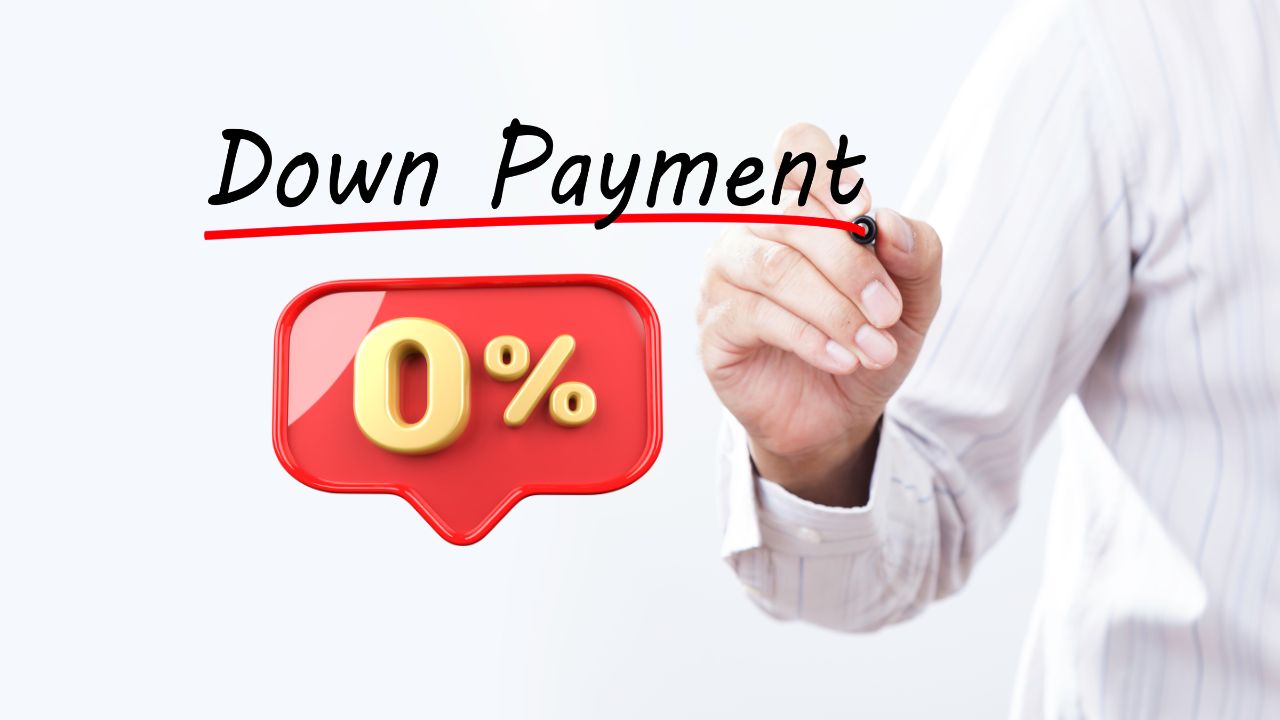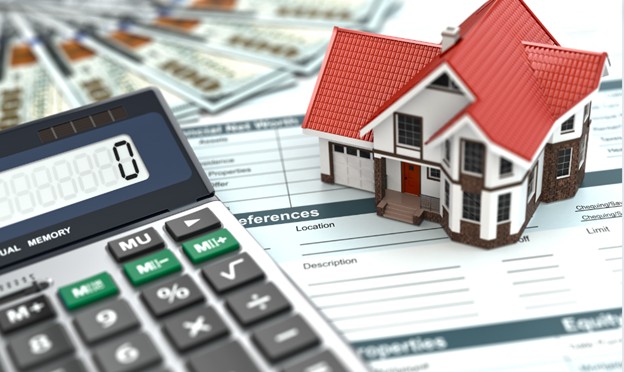How to Buy a Home with Zero Down Payment
 Buying a home without a down payment is possible, but it requires exploring the right loan programs and financial assistance options. While lenders have tightened their requirements since the 2008 housing crisis, there are still ways to achieve homeownership with little to no upfront cash.
Buying a home without a down payment is possible, but it requires exploring the right loan programs and financial assistance options. While lenders have tightened their requirements since the 2008 housing crisis, there are still ways to achieve homeownership with little to no upfront cash.
Loan Programs That Require No Down Payment
VA Loans
If you are a current or former member of the U.S. military, a VA loan may be an excellent option. Backed by the Department of Veterans Affairs, VA loans require no down payment and typically offer lower interest rates than conventional loans. They also come with no private mortgage insurance (PMI) requirements, making them a cost-effective choice for eligible borrowers.
USDA Loans
For buyers looking in rural or suburban areas, USDA loans backed by the U.S. Department of Agriculture offer 100% financing. While no down payment is required, there are income limits and property location requirements to qualify. These loans can be a great option for buyers with moderate to low incomes.
Alternative Ways to Buy a Home with No Down Payment
Down Payment Assistance Programs
State and local governments, as well as nonprofit organizations, offer programs to assist with down payments. These programs often provide grants or low-interest loans to help cover the initial costs of buying a home. Eligibility typically depends on income, location, and first-time homebuyer status.
Seller Concessions
In some cases, sellers may be willing to cover closing costs or contribute toward the down payment. This is more common in buyer-friendly markets where sellers are motivated to close the deal. Negotiating seller concessions can help reduce your out-of-pocket expenses.
Considerations Before Choosing a Zero Down Payment Option
While buying a home with no money down can make homeownership more accessible, it’s important to understand the potential drawbacks.
- Higher Loan Amount – Without a down payment, you’ll be financing the entire purchase price, which means higher monthly mortgage payments.
- Mortgage Insurance Costs – Some loans may require mortgage insurance, increasing overall borrowing costs.
- Less Home Equity – With no initial investment, it will take longer to build equity in your home.
- Stricter Credit and Income Requirements – Zero down payment loans often have specific eligibility criteria that must be met.
If you qualify for a zero down payment loan, it’s essential to evaluate the long-term financial impact. A larger down payment can reduce interest costs, lower monthly payments, and build equity faster. However, for buyers who may not have significant savings, these programs can provide a valuable path to homeownership.

 Knowing how to calculate mortgage payments can help you plan for homeownership and budget effectively. Several factors determine your monthly payment, including the loan amount, interest rate, and loan term. Here’s a step-by-step guide to understanding the process.
Knowing how to calculate mortgage payments can help you plan for homeownership and budget effectively. Several factors determine your monthly payment, including the loan amount, interest rate, and loan term. Here’s a step-by-step guide to understanding the process. When buying a home, one of the most critical factors is determining how much you can borrow through a mortgage. Lenders evaluate multiple financial aspects to assess your borrowing capacity. Here’s what they consider:
When buying a home, one of the most critical factors is determining how much you can borrow through a mortgage. Lenders evaluate multiple financial aspects to assess your borrowing capacity. Here’s what they consider: